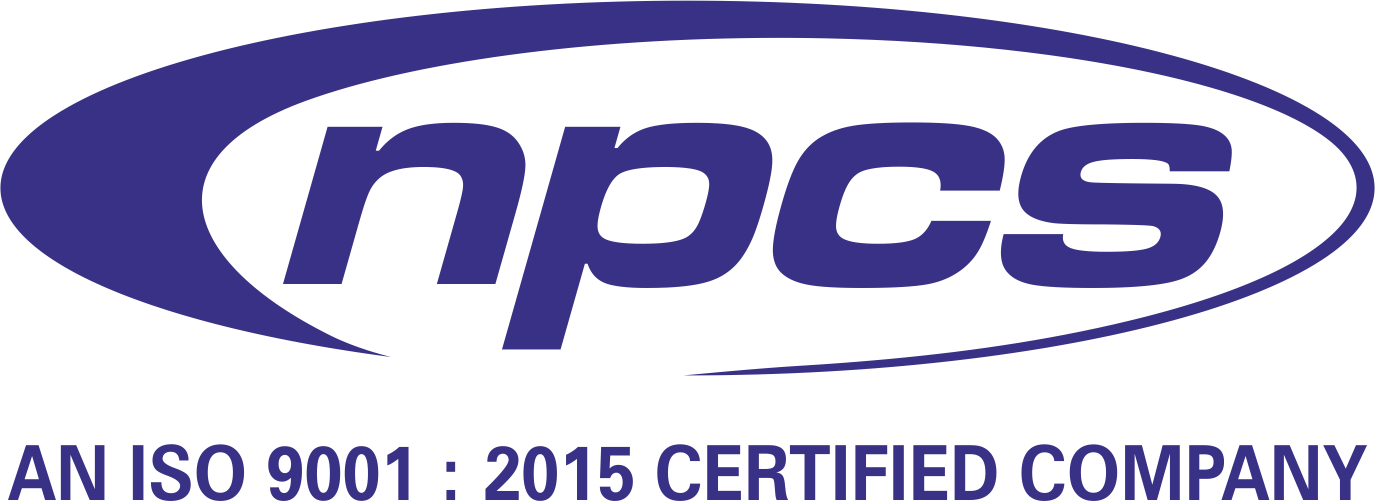
Textile Auxiliaries & Dyestuff are considered vital components in the textile industry. Their involvement is essential in ensuring that fabrics meet specific performance, colorfastness, and aesthetic standards. Consequently, the demand for these chemicals has been increased by the growing focus on both functional and fashionable textiles. From pretreatment through to finishing, every stage of textile processing is influenced significantly by the application of these chemical agents. Furthermore, modern formulations are being developed to support eco-friendly manufacturing, which is increasingly being prioritized by environmentally conscious manufacturers.
Functions and Uses of Textile Auxiliaries & Dyestuff in the Textile Industry
A wide range of processes in textile manufacturing are supported by Textile Auxiliaries & Dyestuff. These chemicals are formulated to work effectively in diverse production conditions. Each stage of fabric processing—from preparation and dyeing to printing and finishing—is improved by carefully selected auxiliaries and dyestuffs.
See Also : MSME Project Profiles
In the following sections, the critical roles of these chemicals will be highlighted, and the progression from basic processes to advanced applications will be detailed.
Fabric Pretreatment and Its Key Chemical Agents
Before color is introduced to textiles, the fabrics are usually subjected to a pretreatment phase. During this step, impurities are removed and the fabric surface is modified to allow for even absorption of dyes. Various auxiliaries are utilized in this phase.
For instance, desizing agents are used to break down sizing compounds, while wetting agents are applied to lower surface tension for better liquid penetration. Furthermore, scouring agents are employed to eliminate waxes and fats, and sequestering agents are used to neutralize metal ions in hard water.
As a result of these treatments, the fabric is left clean and absorbent. Consequently, a more uniform and vivid coloration can be achieved during the dyeing stage.
Coloration Methods and Dyeing Chemicals
A significant function of Textile Auxiliaries & Dyestuff is observed in the dyeing phase. Here, a variety of dye types are employed, each suited for particular fibers and fabric compositions. These include reactive, disperse, vat, direct, acid, and basic dyes. Depending on the fiber type and desired outcome, different dye classes are selected.
For instance, cotton fabrics are typically treated with reactive dyes that form strong bonds with cellulose fibers. In contrast, synthetic fabrics such as polyester are usually dyed with disperse dyes. Likewise, acid dyes are preferred for protein fibers like silk and wool.
In addition to dyes, several auxiliaries such as leveling agents, dispersing agents, and fixing agents are incorporated. These ensure even dye distribution and improved colorfastness. As a result, the final textile product exhibits consistent and long-lasting color properties.
Printing Applications and Special Finishes
The application of patterns and designs to fabrics is accomplished through textile printing. During this process, Textile Auxiliaries & Dyestuff are combined to produce high-definition prints and special effects. In printing pastes, thickening agents are generally added to provide stability, and binders are used to ensure the colorant adheres properly to the fabric surface.
Moreover, special-purpose agents such as anti-migrating chemicals are used to prevent color bleeding. Softening agents may also be included to enhance fabric feel post-printing.
Different printing techniques, including pigment printing, discharge printing, and resist printing, are supported by unique combinations of dyes and auxiliaries. Therefore, a wide range of aesthetic effects can be achieved based on design requirements.
Finishing Techniques for Functional Properties
In the final stage of textile production, functional and performance-enhancing properties are imparted through finishing treatments. Finishing auxiliaries are used extensively to change the hand-feel, appearance, and technical attributes of fabrics.
Softeners are typically applied to enhance smoothness and tactile quality. Anti-static agents are incorporated to reduce electrical buildup in synthetic materials. Additionally, water-repellent finishes are used to improve performance in rainwear and outdoor textiles.
Moreover, specialty finishes such as flame retardants, wrinkle-free coatings, and antimicrobial agents are increasingly being added to satisfy consumer demands for functional apparel. These finishing treatments are enabled by innovative formulations of Textile Auxiliaries & Dyestuff, which are tailored for specific end uses.
Eco-Friendly Innovations in Textile Chemicals
In recent years, environmental concerns have been actively addressed by textile chemical manufacturers. Consequently, eco-friendly variants of Textile Auxiliaries & Dyestuff have been introduced. These alternatives are designed to reduce pollution, conserve water, and ensure worker safety.
For example, water-based dyes and biodegradable surfactants are increasingly being adopted. In addition, enzyme-based auxiliaries are replacing traditional harsh chemicals in scouring and bleaching processes. Non-toxic, heavy-metal-free dyes are also being developed to meet global safety standards.
Furthermore, certifications like GOTS, bluesign®, and OEKO-TEX® are being sought by manufacturers to demonstrate compliance with sustainability goals. As a result, textile production is being gradually transformed into a cleaner, safer, and more responsible industry.
Market Overview and Industrial Demand
A consistent growth trajectory has been experienced by the global Textile Auxiliaries & Dyestuff market. Demand has been driven by expanding textile production in regions such as South Asia, East Asia, and Latin America. The boom in fast fashion and the rise of technical textiles have further propelled the need for specialized chemical formulations.
Market applications extend beyond clothing to include home furnishings, automotive textiles, industrial fabrics, and medical textiles. For instance, nonwoven fabrics used in medical masks require antimicrobial finishes. Similarly, flame-retardant finishes are mandated in public transport and aviation upholstery.
Because of these diverse needs, the demand for tailored solutions in the textile chemical space continues to increase.
Regulatory Requirements and Quality Assurance
To ensure product safety and environmental compliance, strict quality control and regulatory frameworks are enforced in the textile chemical industry. Each batch of Textile Auxiliaries & Dyestuff must be evaluated for toxicity, stability, and effectiveness.
Regulations such as REACH (Europe), ZDHC, and CPSIA (USA) must be adhered to. Testing for colorfastness, pH levels, heavy metal content, and residual chemicals is routinely conducted. These assessments help in eliminating banned substances and maintaining consumer trust.
Furthermore, spectrophotometers, gas chromatographs, and other lab tools are used to perform rigorous quality checks. Consequently, both consistency and safety are assured across production batches.
Breakthroughs in Chemical and Biological Formulations
Ongoing research has led to several advancements in dye chemistry and auxiliary design. High-exhaustion dyes, which minimize water waste, are being widely adopted. Likewise, nanotechnology is being used to develop smart finishes with UV resistance, temperature sensitivity, or moisture-wicking capabilities.
Biological processes are also contributing to greener solutions. For instance, microbial dyes and colorants from plant waste are being commercialized. These innovations not only reduce environmental impact but also offer new possibilities in functional textile development.
Thus, it can be seen that Textile Auxiliaries & Dyestuff are being reshaped by technological progress.
Business Opportunities for Small Entrepreneurs
A variety of opportunities are being created by the evolving demand for specialized textile chemicals. Small and medium enterprises (SMEs) can participate in the supply of niche chemicals, sustainable dyes, or customized auxiliaries.
With proper knowledge of formulations and safety protocols, small-scale manufacturing units can be established. Furthermore, import-export businesses in textile dyes can be launched with a focus on eco-friendly or region-specific solutions.
Additionally, technical consultancy and formulation support services are being offered by experts to help manufacturers comply with evolving regulations. Therefore, this industry presents multiple entry points for entrepreneurs.
See Also : Bioplastic Manufacturing
Conclusion
In conclusion, Textile Auxiliaries & Dyestuff serve as the backbone of modern textile production. Their influence can be seen across every stage, from pretreatment and dyeing to finishing and printing. As global attention shifts to sustainability, eco-friendly innovations in dyes and formulations are being increasingly adopted. Although challenges such as regulatory compliance and waste management persist, opportunities in the textile chemical space are growing. By embracing cleaner processes, new technologies, and efficient formulations, a more sustainable and vibrant textile future is being shaped by Textile Auxiliaries & Dyestuff.





